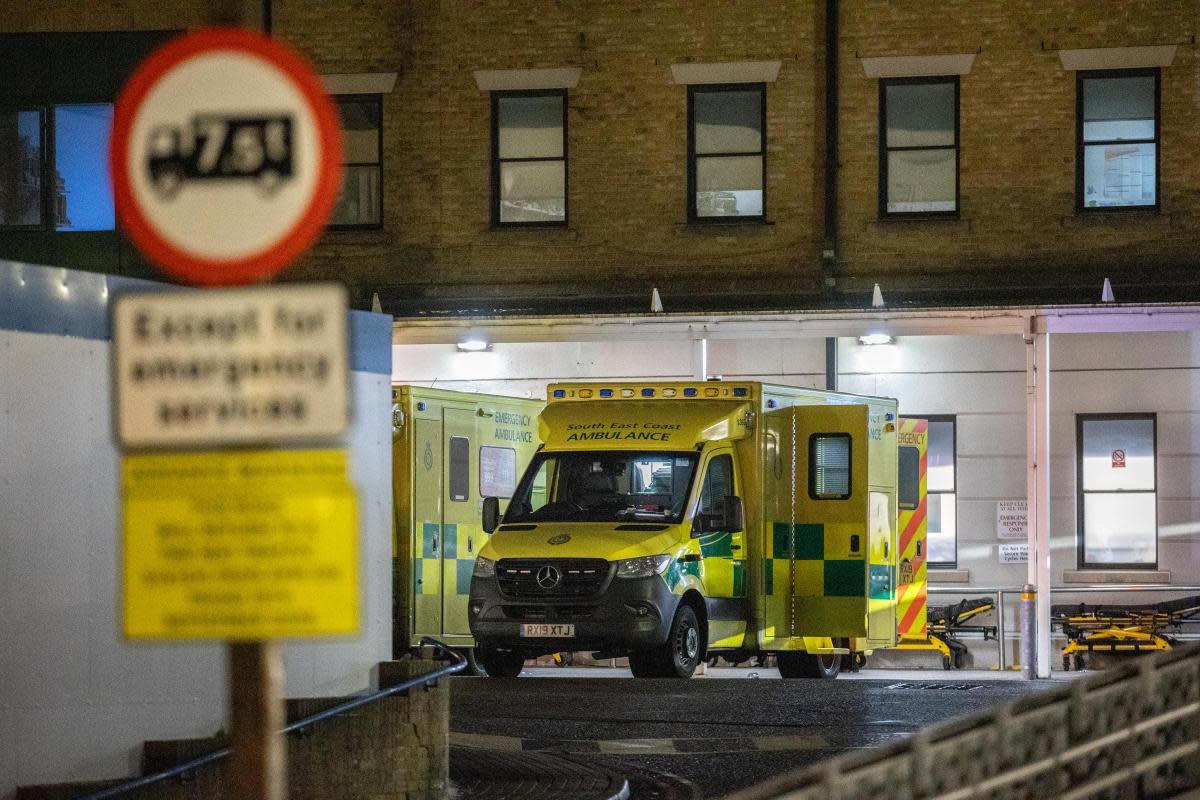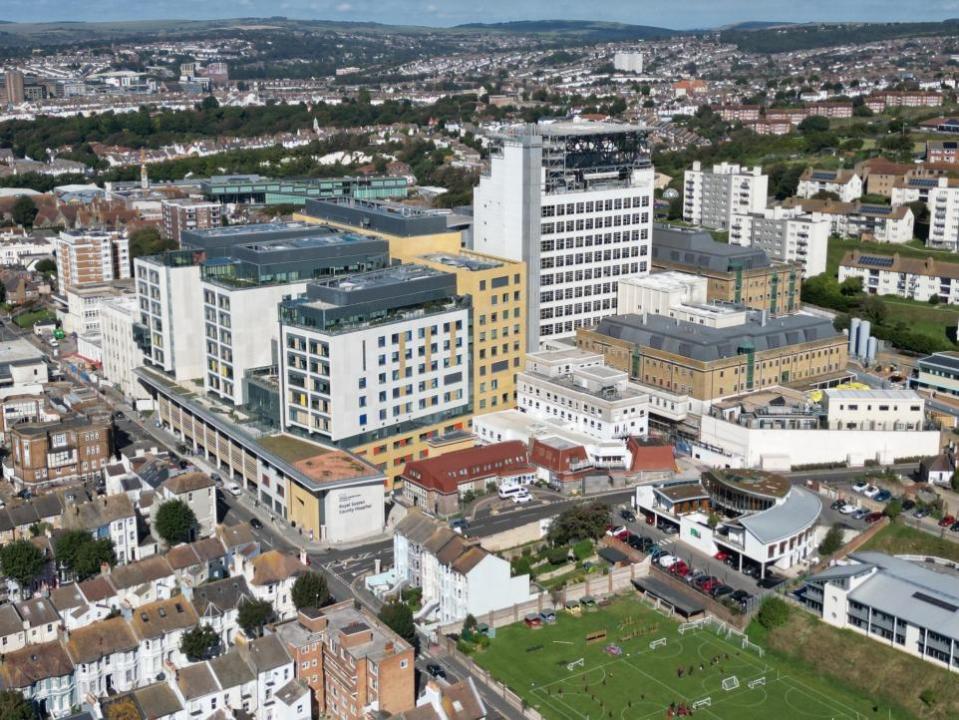Hundreds of hospital patients ready to leave every day but have nowhere to go

Hundreds of people are being kept in hospital every day because there is nowhere for them to go.
Hospitals in Sussex say more than 300 patients a day are “medically ready for discharge” (MRD) but they cannot go because they do not have the adequate facilities in the community.
The trust behind many of the county’s major hospitals said the issues put added pressure on emergency departments.
In a report to the board of University Hospitals Sussex NHS Foundation Trust, which runs the Royal Sussex County Hospital in Brighton, chief executive George Findlay said: “On average, we have been caring for more than 300 MRD patients a day and sometimes many more, which is the equivalent to more than ten full wards that need to be staffed and resourced despite their patients no longer requiring acute hospital care.

The Royal Sussex County Hospital (Image: Sussex News and Pictures)
“Sadly, this has resulted in longer waits in our emergency departments recently due to beds not being available when they are needed most.
“We deeply regret how this has affected patients and I wish to apologise to anyone who has experienced this in recent months.”
Patient flow issues in hospitals mean those who are medically ready for discharge, referred to as "bed blockers", are unable to leave wards as they have nowhere else to go where they can receive ongoing treatment.
This means beds which would usually be free for patients coming from A&E are already in use, putting additional strain on the emergency departments.
Siobhan Murray, managing director of unscheduled care at University Hospitals Sussex, said: “Waiting times in A&E often reflect pressures not just in our hospitals but across the whole local health and care system.
"Our A&E teams do brilliant, difficult work every day but we all know that patients do not always get the care they need as quickly as they should.
“We are making changes inside our hospitals to try to ease those pressures at A&E and we are also working with our system partners to make changes elsewhere which can also support better, faster emergency patient care."

 Yahoo News
Yahoo News 
